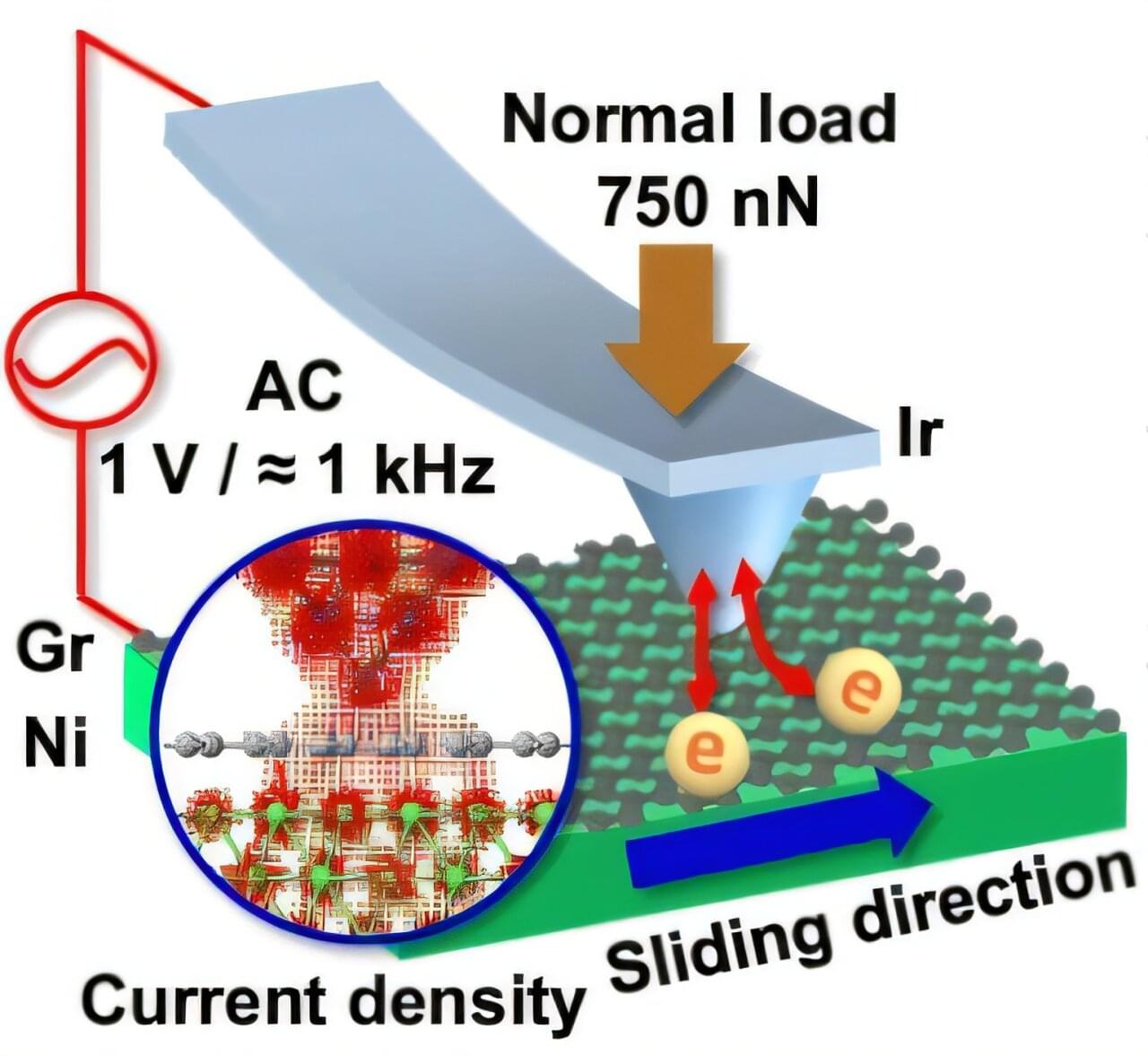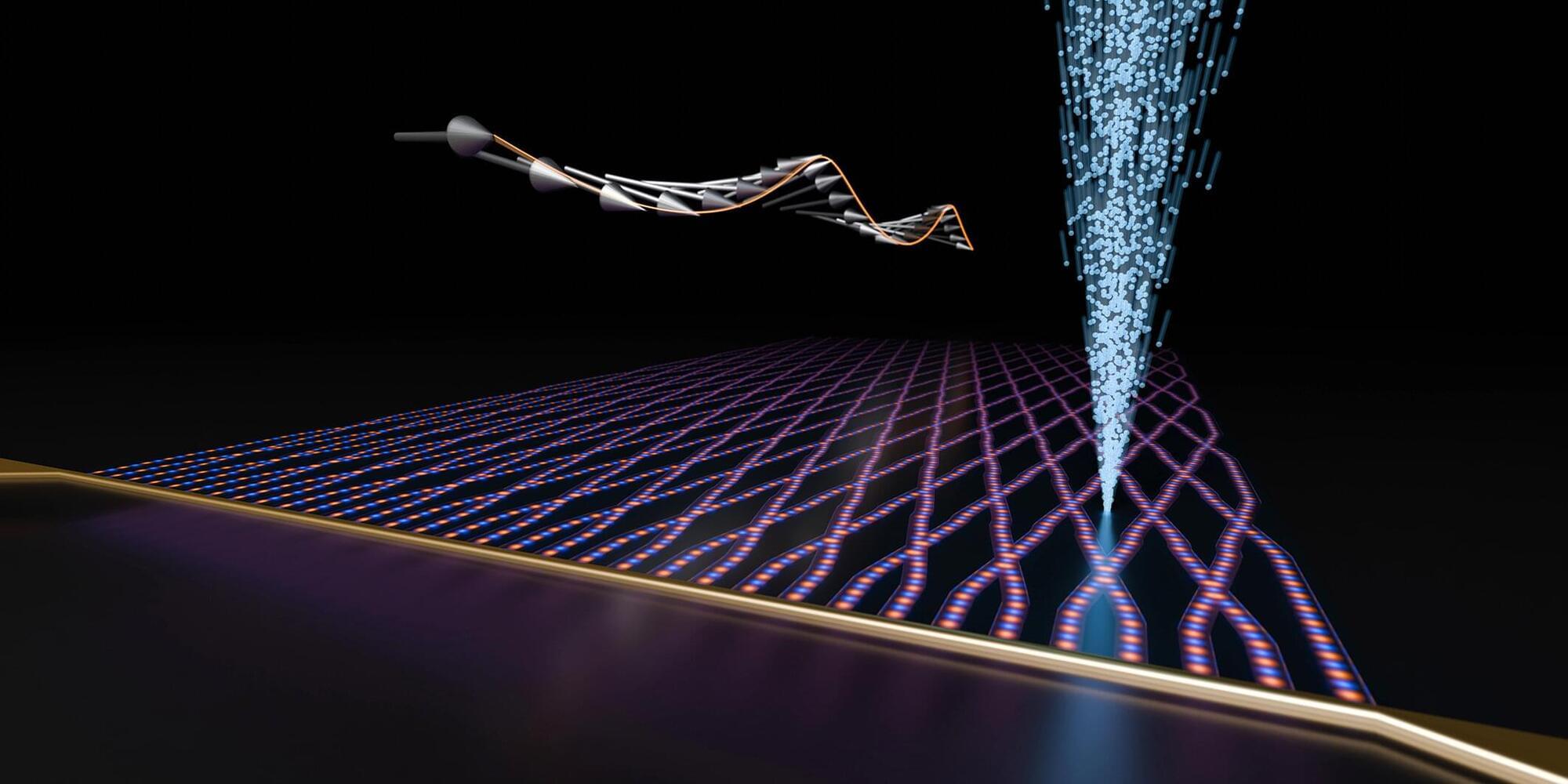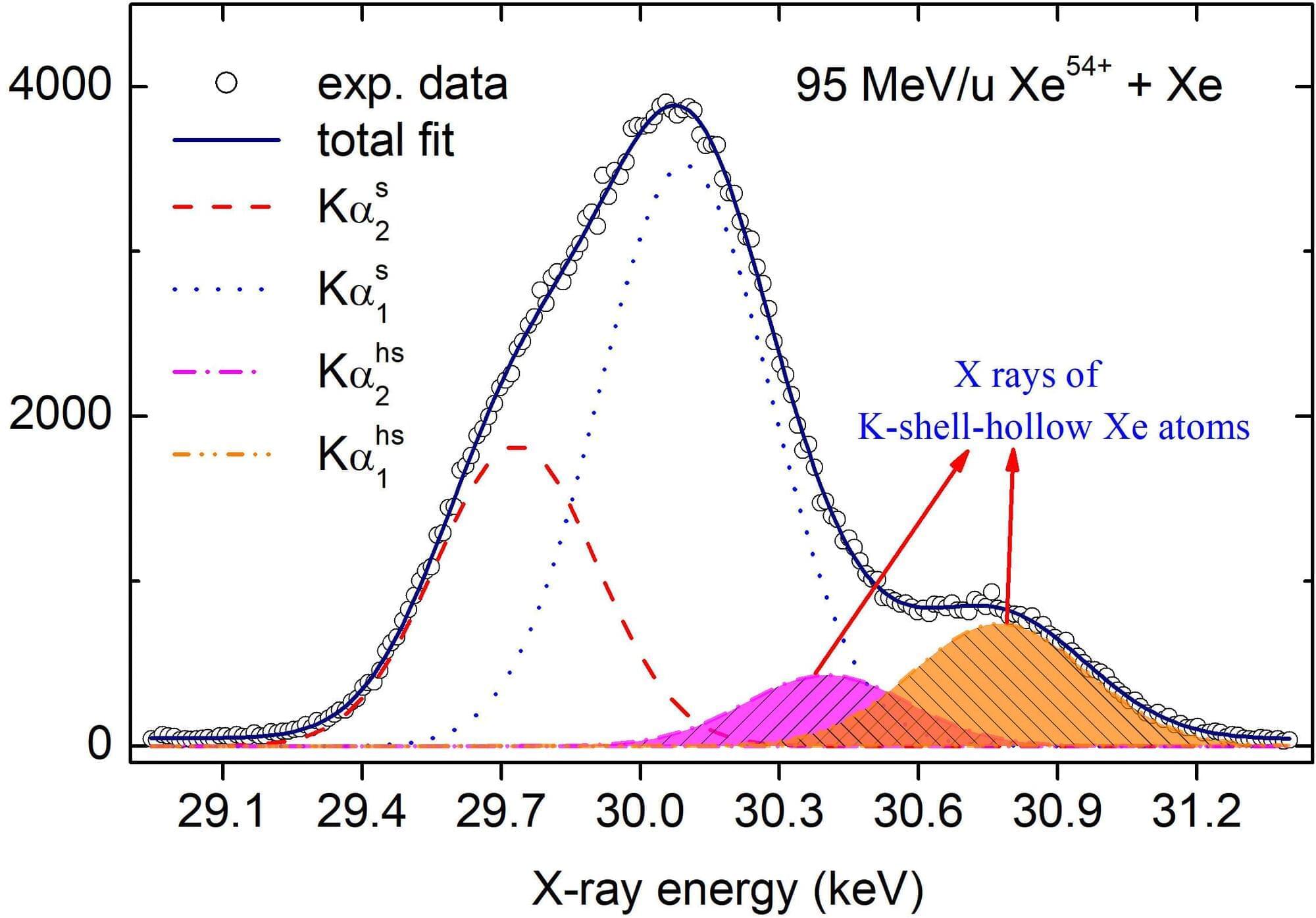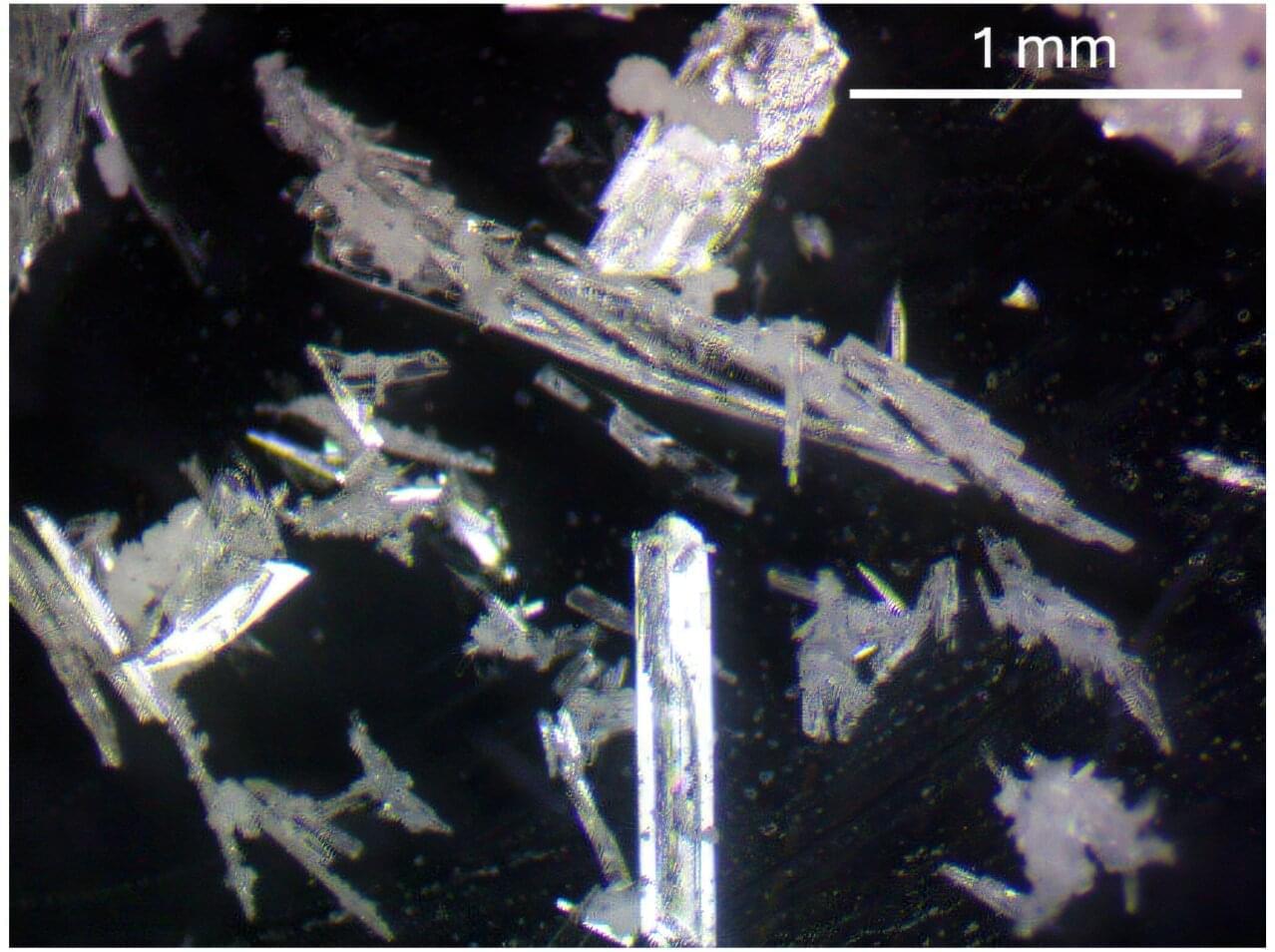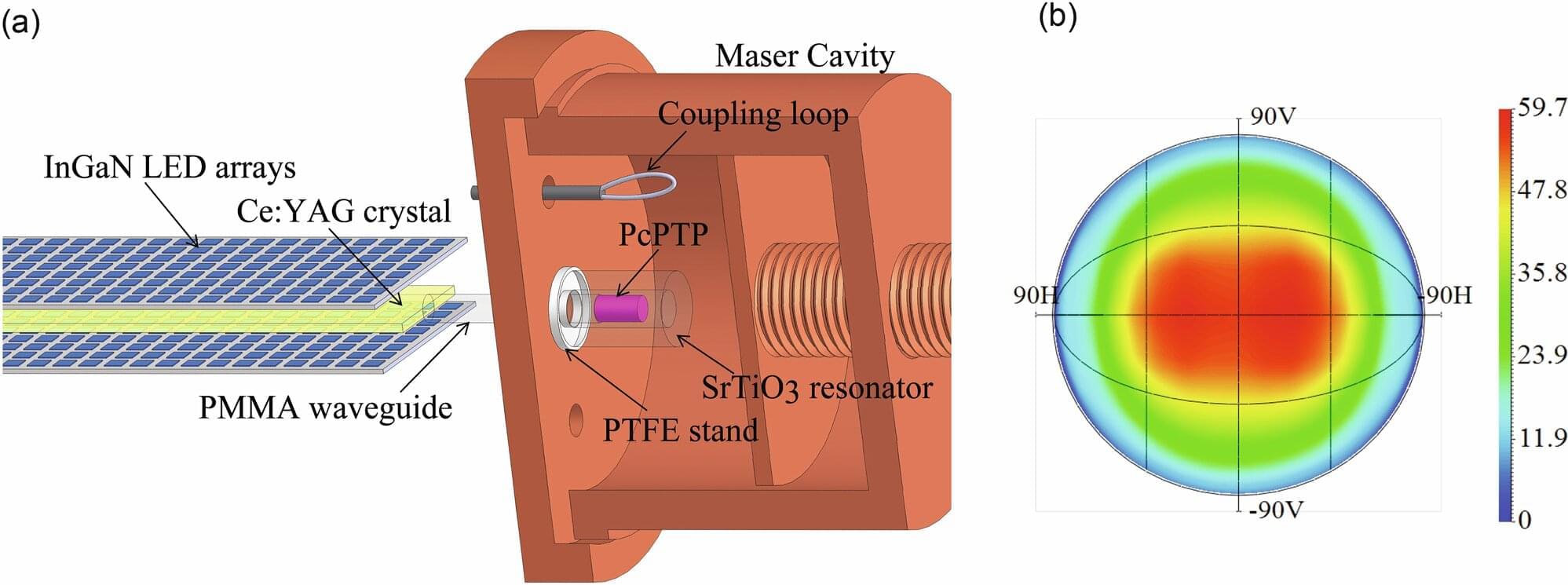Excitons—bound pairs of electrons and an electron hole—are quasiparticles that can arise in solids. While so-called “bright” excitons emit light and are therefore accessible, dark excitons are optically inactive. As a result, they have a significantly longer lifetime—which makes them ideal for storing and controlling quantum states and using them for advanced methods to generate entanglement.
Gregor Weihs and his team from the Department of Experimental Physics at the University of Innsbruck, together with researchers in Dortmund, Bayreuth, and Linz, have now demonstrated a versatile method that can be used to control dark excitons in semiconductor quantum dots.
The work is published in Science Advances.

